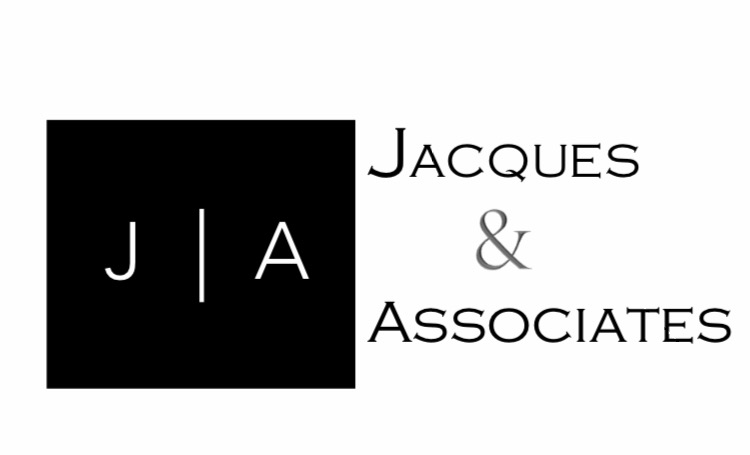FAIR USE OR ABUSE?
/A common cultural trend is to edit a known image or logo in order to create new branding. This includes everything from editing well-known sneaker company logos to putting a unique touch on a photograph found on the internet. For the end user, it is a creative way to express himself/herself and create brand identity. However, it can also create copyright/trademark issues for said user if the changes are commercially used.
When a creator snaps a photograph and puts it into the public space he/she holds the image’s copyright.[1] If someone uses the image without the creator’s permission, that person has committed copyright infringement.[2] The copyright act provides for a “fair use” defense[3], but it has limited application[4].
When an entity trademarks its logo, it does so with the intent of obtaining perpetual protection for its mark. However, trademark law protects consumers from confusion in the marketplace more so than it protects a company’s identity in the marketplace.[5] A creative entity could cause consumers to create a false identification between a trademark holder and itself. This could lead to lost profits and lost customers for the trademark holder. In this context, the issue would be whether customers would be confused into thinking a creative entity was associated with or endorsed by the trademark holder. In New York federal court, the Polaroid factors are used to determine whether there is a likelihood of confusion between a registered mark and another’s use of a similar mark.[6] Although a trademark infringement claim is possible, these creative uses lend themselves to copyright claims in most cases.
These legal issues have become more common given that information is freely obtained and copied from the internet. They only way for entities to protect their IP in either the copyright or trademark context, is to enforce their IP rights. It is unlikely that a large company would send a cease and desist letter to a small infringer. It would likely cost more than the recovery would amount to. The company would first have to know of the infringement, and then pursue legal action. It would probably cost more than it is worth to get a license from either party in a copyright/trademark infringement case. This does not mean that the problem is disappearing.
If creative entities use someone’s copyright/trademark and said use becomes a viral hit which generates revenue, that success could be detrimental. It could lead the copyright/trademark holder to enforce his/her IP rights again. As a word of caution, creative entities should keep in mind that images on the web usually have a license, which guide their usage. These licenses range from free and permissive to strong copyright. Also, popular trademarks have perpetual protection in most cases.[7] If creative entities wish to transform a trademark into their own for profit, it may be easier/cheaper to create one from scratch. In either case, the risk may not outweigh the reward.
[1] See generally, The Copyright Act, http://www.copyright.gov/title17/92chap1.html
[2] See Section 106 of the Copyright Act, http://www.copyright.gov/title17/92chap1.html#106
[3] Note that section 107 of the Copyright Act states: “Notwithstanding the provisions of sections 106 and 106A, the fair use of a copyrighted work, including such use by reproduction in copies or phonorecords or by any other means specified by that section, for purposes such as criticism, comment, news reporting, teaching (including multiple copies for classroom use), scholarship, or research, is not an infringement of copyright. In determining whether the use made of a work in any particular case is a fair use the factors to be considered shall include—
(1) the purpose and character of the use, including whether such use is of a commercial nature or is for nonprofit educational purposes;
(2) the nature of the copyrighted work;
(3) the amount and substantiality of the portion used in relation to the copyrighted work as a whole; and
(4) the effect of the use upon the potential market for or value of the copyrighted work.
The fact that a work is unpublished shall not itself bar a finding of fair use if such finding is made upon consideration of all the above factors.”
[4] See Id. “… fair use of a copyrighted work, including such use by reproduction in copies or phonorecords or by any other means specified by that section, for purposes such as criticism, comment, news reporting, teaching (including multiple copies for classroom use), scholarship, or research, is not an infringement of copyright…”
[5] See generally, The Lanham Act , 15 U.S.C. §§ 1051 -1059
[6] See Polaroid Corp. v. Polarad Electronics Corp., 287 F.2d 492, 495 (2d Cir. 1961)
[7] See The Lanham Act 15. U.S.C. §§1058-59


